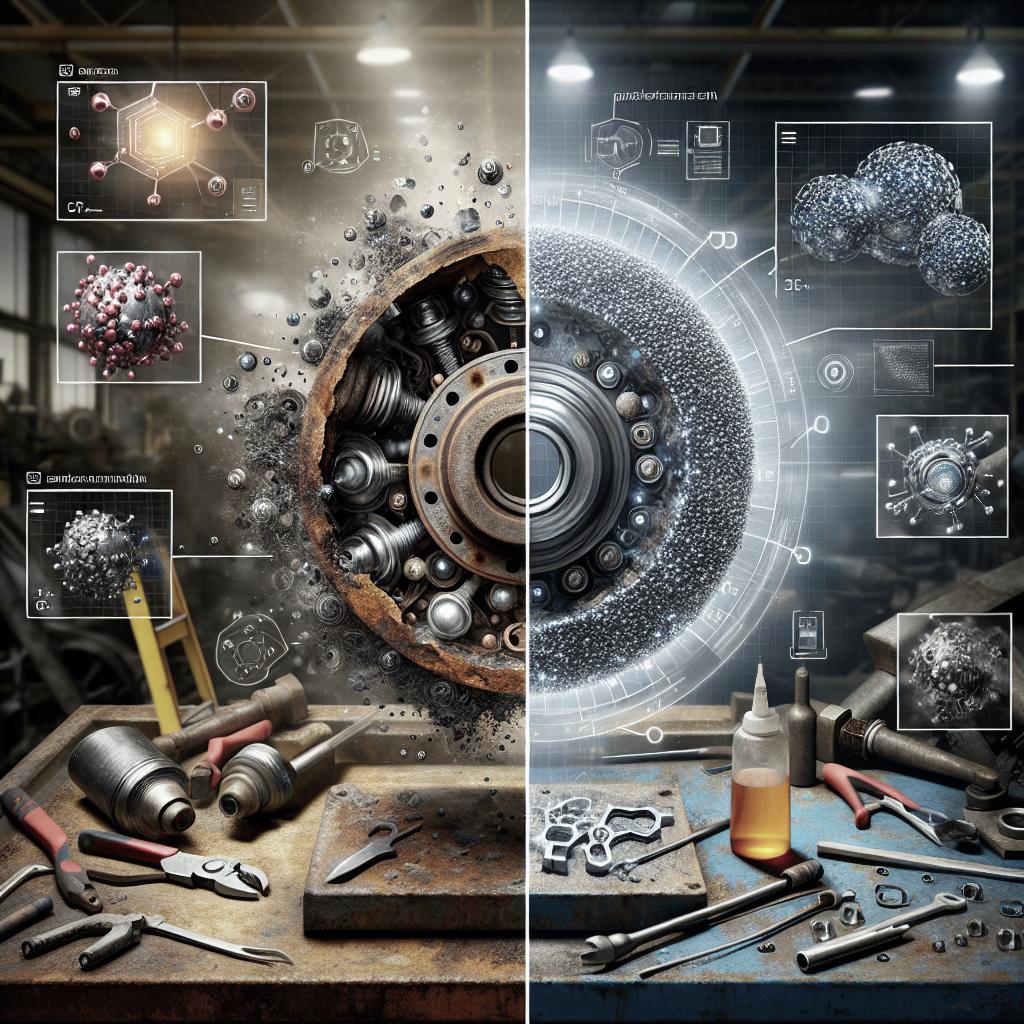<>
“`
Metal products are an integral part of various industries, from construction and automotive to aerospace and consumer goods. One of the critical methods to enhance their durability and performance is through heat treatment. This blog post delves into the fundamentals of metal heat treatment, explores common techniques, and discusses how to choose the right method. Furthermore, it highlights the benefits and applications of heat treatment in real-world scenarios. For those seeking professional heat treating services in Gastonia, NC, this article will provide insights into what to look for.
Understanding the Basics of Metal Heat Treatment
Metal heat treatment is a process involving the heating and cooling of metals to alter their physical and sometimes chemical properties. The primary objective of heat treatment is to enhance the durability, strength, and hardness of metal components, making them fit for different industrial applications. By understanding these basic principles, manufacturers can significantly extend the lifespan of their metal products.
The process usually involves exposing the metal to extreme temperatures, which can help alleviate internal stresses and improve material structure. The metal is then cooled at a controlled rate, which influences its mechanical properties. The specifics of the heating and cooling processes depend on the type of metal and the desired outcome, ranging from increased toughness to improved wear resistance.
Common Metal Heat Treatment Techniques
There are several techniques in metal heat treatment, each with its unique methods and applications. Some of the most common methods include annealing, quenching, and tempering. Annealing involves heating the metal to a specific temperature before allowing it to cool slowly, which improves ductility and reduces hardness. It is often used to make metals easier to machine or form.
Quenching, on the other hand, consists of heating the metal and then cooling it quickly in water, oil, or air. This rapid cooling process increases the hardness and strength of the metal but can also make it more brittle. Finally, tempering is a subsequent process to quenching that involves reheating the metal to a lower temperature and then cooling it again, which helps achieve a balance between hardness and toughness.
Selecting the Right Heat Treatment Technique
Choosing the appropriate heat treatment technique depends on several factors, including the type of metal, the desired mechanical properties, and the specific application. For instance, annealing might be ideal for metals that require increased ductility and easier machinability, such as sheet metal used in automotive bodies.
On the other hand, quenching and tempering are generally suited for components that need to withstand high levels of stress and wear, such as gears and cutting tools. It’s also essential to consider the environment in which the metal product will operate, as some heat treatment methods can improve resistance to corrosion and oxidation.
Benefits of Metal Heat Treatment
The advantages of heat treating metals are numerous and can significantly enhance the performance and durability of metal products. One of the primary benefits is the improved mechanical properties of the metal, including increased hardness, strength, and toughness. These enhancements can lead to longer-lasting products that are better suited to withstand the rigors of their intended applications.
Another significant benefit is the reduction of internal stresses within the metal, which can help prevent cracks and failures during use. Heat treatment can also improve wear resistance and corrosion resistance, making metal products more reliable and cost-effective over their lifespan. Additionally, better machinability and formability are achieved through proper heat treatment, leading to more efficient manufacturing processes.
Application of Metal Heat Treatment Techniques
Heat treatment techniques are applied across a range of industries to improve the performance of metal components. In the automotive sector, for example, metal heat treatment is crucial for manufacturing high-strength gears, crankshafts, and other engine components that must endure significant stresses and wear. By enhancing the durability and strength of these parts, manufacturers can produce more reliable and longer-lasting vehicles.
The aerospace industry also relies heavily on heat treatment to ensure the safety and performance of critical components. Aircraft engine parts, landing gear, and structural elements undergo precise heat treatment processes to achieve the necessary mechanical properties. Similarly, in the tool and die industry, heat-treated metals are used to manufacture cutting tools, dies, and molds that require exceptional hardness and wear resistance.
Summary
| Section | Summary |
|---|---|
| Understanding the Basics of Metal Heat Treatment | Heat treatment involves heating and cooling metals to alter their properties, enhancing durability, strength, and hardness. |
| Common Metal Heat Treatment Techniques | Key techniques include annealing for ductility, quenching for hardness, and tempering for a balance between hardness and toughness. |
| Selecting the Right Heat Treatment Technique | Selecting the right method depends on factors like metal type, desired properties, and application. |
| Benefits of Metal Heat Treatment | Enhanced mechanical properties, reduced internal stresses, improved wear/corrosion resistance, and better machinability. |
| Application of Metal Heat Treatment Techniques | Utilized across industries like automotive, aerospace, and manufacturing to improve component performance and durability. |
Need Heat Treating Services in Gastonia, NC?
If you are in need of professional heat treating services in Gastonia, NC, look no further. Specialized providers in this area are equipped with advanced technology and expertise to offer a wide range of heat treatment solutions. From small-scale components to large industrial parts, these services ensure that your metal products achieve the highest level of performance and durability. Consult with a local expert today to discuss your specific requirements and take the first step towards enhancing the quality of your metal products.
“`


